
Return navigate_next
What Lens to Use for Each Type of Photography
July 20, 2020 *
Hey everyone, Jamie Hiner here with another photography blog post! I’m excited to outline the most ideal lens to use for different types of photography. From wildlife to weddings and landscapes, I let you know what lenses are best for each type of photography and why. There are many lens options to use for these types of photography. I will focus on the lenses that will deliver great results at a reasonable price!
Wildlife and Sports – 200-500mm f/5.6 Lens
A telephoto lens is one of the most ideal lenses to use for wildlife and sports photos. This lens allows you to zoom in tight to the subject without needing to be too close to it. When you are photographing wildlife, your goal should always be to not disturb them. In order to let them go on with their normal business, you need to be able to capture images from afar. The same goes for sports photography. Depending on the sport, you will likely not be able to be right in the action taking pictures. You will need the ability to zoom in close to capture it. For example, if you are photographing baseball, there is a large field. Even if you are right on the sideline, you must have a lens with decent zoom to capture a player catching a ball in the outfield or stealing a base. There are many different telephoto lenses out there that will deliver great results. I personally love to shoot with a Nikon 200-500mm f/5.6. I highly suggest it for wildlife and sports photography. It delivers great results in a reasonable price point.
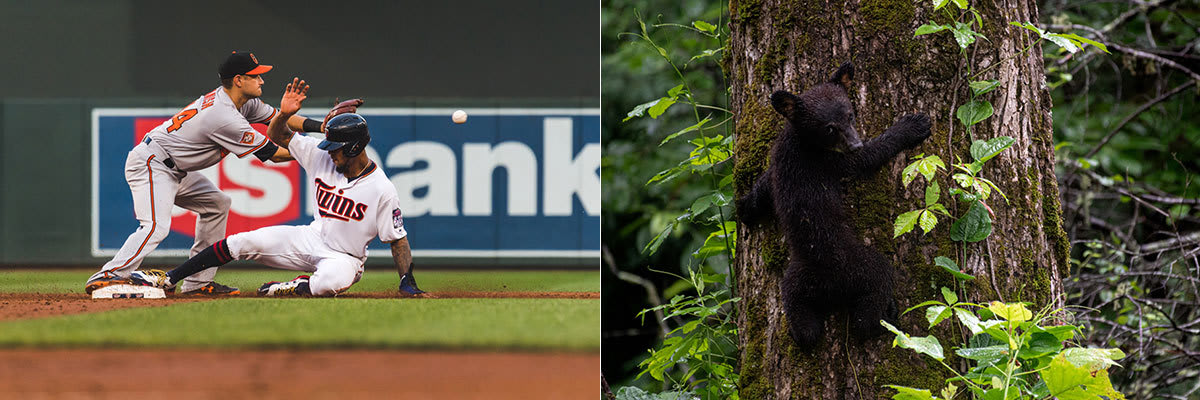
Real Estate and Landscape Photography – 16mm Lens
In order to capture as much of the environment as you can in real estate and landscape photography, you will want a wide-angle lens. A 16mm lens will make a small, cramped room feel larger. It does this by capturing more of the room in a picture, creating a better representation of what being in the room will feel like.
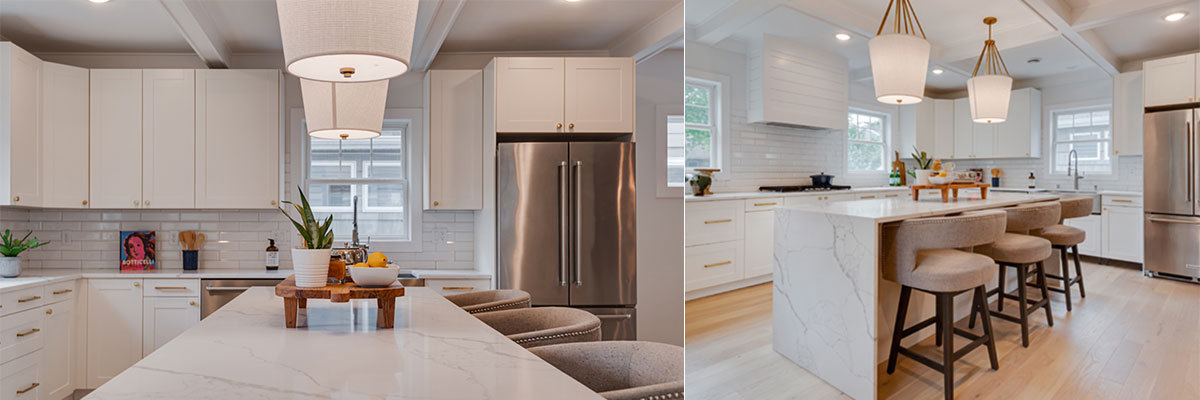
The same concept goes for landscape photography. You typically want to use a wide-angle lens to capture more of the environment and get everything you want to in frame. Take the image of the waterfall in the Great Smoky Mountains for example: I wanted to capture a long exposure of both the waterfall and the water flowing of the rocks below in the foreground. In order to do this, I needed to use my 16mm. To make the shot more dynamic, I lowered my tripod low to the water to get those rocks in the foreground. The other landscape shot is of Kirkjufellsfoss in Iceland. I wanted to capture the waterfall along with the river flowing off into the distance. With this shot, 16mm was not even a wide enough angle to capture what I wanted. So, in this case, I took multiple wide-angle pictures and stitched them together in post-production.
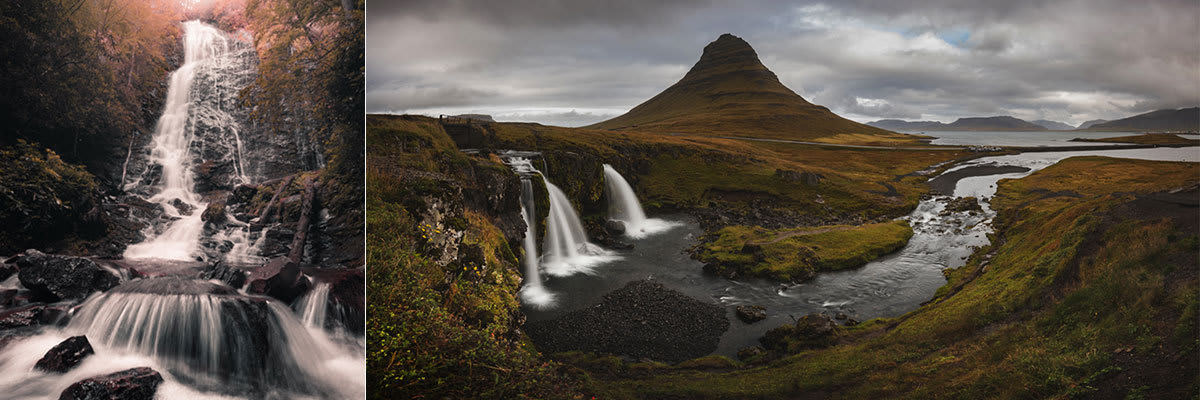
Macro Photography – 100mm f/2.8 Lens
Macro photography is one of my favorite ways of capturing fascinating images because the human eye is not used to seeing smaller things at a “macro” level so large! In simple terms, macro photography is a way of capturing something that is small and making it look much larger. With every lens, there is a minimum distance in which you can be to your subject and your lens can focus on it. When using a macro lens, you are able to take a photo much closer to your subject. For example, you can put your lens right up to a small flower and have it fill the entire frame of your image, making it look very large. A 100mm f/2.8 macro lens is a lens I have had great experience with. The thing about this lens is that you can still use it as a great all-around lens as well. You do not just have to use for macro photography!
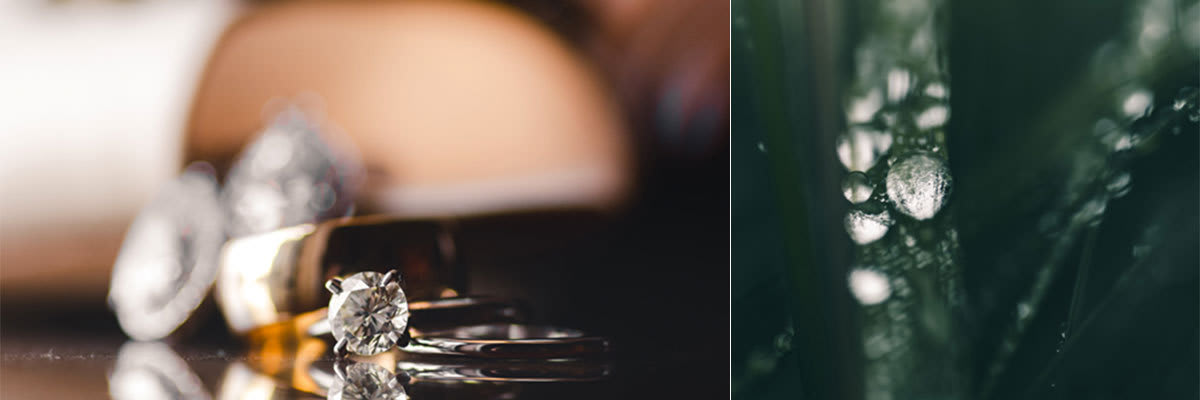
Weddings and Portrait Photography – 24-70mm f/2.8
The most ideal lens for shooting weddings and portraits is the 24-70mm f/2.8 lens. You can make it through almost an entire day shooting a wedding, senior pictures or headshots with just this lens. The larger aperture (f/2.8) is very important because weddings usually having some low light situations. In many cases, you are not able to use flash or do not have time to setup lighting in order to capture the shot. A large aperture allows as much light in as possible while still having a fast-enough shutter speed and lower ISO to prevent an extreme amount of grain in your images. In general, the 24-70mm is the most dynamic lens that is capable of being a reliable lens for all types of photography. Another fantastic lens for wedding photography is a 70-200mm f/2.8 lens. This is a great addition because it allows you to zoom to capture moments when you do not want to be directly in the bride and grooms faces. Other great lenses for shooting portraits is a 50mm f/1.8 and 85mm f1.8. These lenses are referred to as “prime” lenses, meaning that they are fixed at one focal length. They deliver great bokeh in your shots and are very fast lenses, which also come in handy in low light situations.
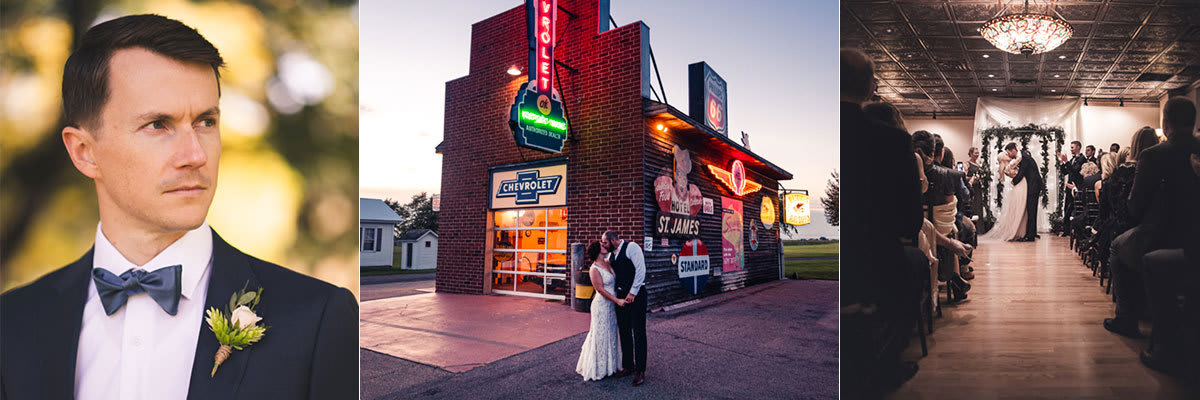
At the end of the day, you can make any type of lens work for most types of photography. If you are looking to focus on a certain genre of photography, those are the lenses that I would suggest.
When you do purchase a new lens, I always recommend getting a protection plan from Upsie. They have very reasonably priced plans with really low deductibles. An Upsie camera warranty will give you tremendous peace of mind that you’re covered if you accidentally damage your camera or lens. If you have any thoughts or questions, feel free to contact me!
About the author: Jamie Hiner is a professional photographer and videographer from Minneapolis, Minnesota. He specializes wedding, real-estate, commercial and wildlife. Check out his website, Instagram and Facebook.
Learn More About Camera Warranties:
* This article is over 6 months old and may or may not be updated.
